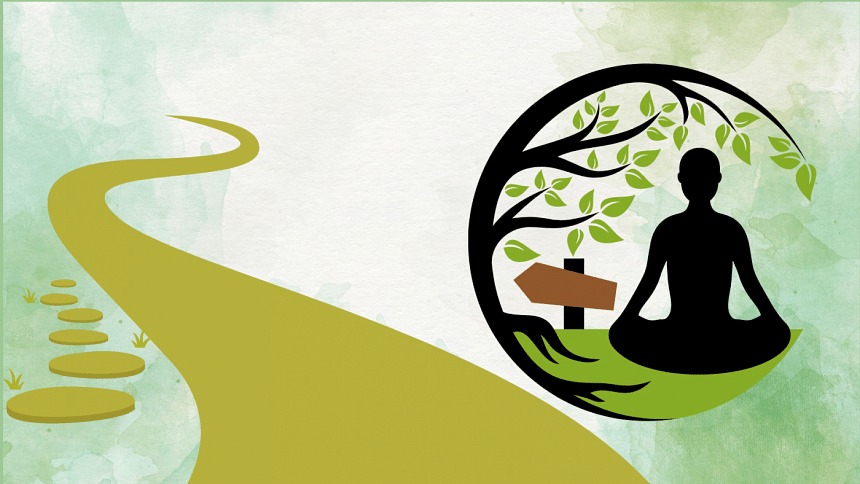How to Balance Technology Use in Your Daily Life

In the digital age, technology has become an inseparable part of our daily existence. From smartphones and laptops to smart home devices and social media platforms, technology offers immense convenience, connectivity, and information. However, excessive or unbalanced technology use can lead to stress, reduced productivity, disrupted sleep, and weakened interpersonal relationships. Striking a healthy balance in technology use is essential for well-being, focus, and maintaining meaningful human connections. This article explores how to balance technology use in your daily life by providing practical strategies, mindful approaches, and actionable tips to harness technology’s benefits without letting it dominate your life.
Recognize the Impact of Technology on Your Life
The first step toward balancing technology use is to develop awareness of how it currently affects you. Reflect on:
- How many hours per day you spend on devices.
- Which activities consume most of your screen time (work, social media, gaming, entertainment).
- How technology use influences your mood, sleep, relationships, and productivity.
Use built-in device tools like screen time trackers or third-party apps to get objective data. Awareness empowers you to identify areas needing adjustment.
Set Clear Intentions for Technology Use
Technology should serve your goals and enhance your life, not distract or drain you. Define clear intentions about how and why you use technology.
For example:
- Use devices to stay informed, connect with loved ones, or accomplish work tasks.
- Avoid aimless scrolling or excessive multitasking.
- Prioritize quality over quantity in online interactions.
Having purposeful intentions creates mindful engagement with technology and reduces impulsive use.
Establish Technology-Free Zones and Times
Designate specific areas and times where technology is limited or prohibited to foster presence and reduce digital overload.
- Create tech-free zones in your home, such as the dining room or bedroom, to encourage face-to-face interaction and restful sleep.
- Implement tech-free times like during meals, one hour before bed, or first thing in the morning.
- Use these moments to focus on offline activities such as reading, hobbies, or meditation.
Technology-free zones and times help reset your mind and improve focus.
Prioritize Face-to-Face Social Interaction
While technology enables remote communication, nothing replaces the benefits of in-person connection.
- Schedule regular meetups, calls, or family time without devices.
- Practice active listening and undistracted presence when interacting with others.
- Use technology intentionally to enhance, not replace, real-world relationships.
Balancing digital and physical interactions strengthens emotional bonds and social well-being.
Practice Digital Minimalism
Digital minimalism involves simplifying technology use by focusing only on what adds value to your life.
- Unsubscribe from unnecessary emails and notifications.
- Limit social media accounts and curate feeds to reduce noise and negativity.
- Delete unused apps and organize digital files regularly.
This approach minimizes distractions and frees time for meaningful pursuits.
Use Technology to Support Productivity, Not Hinder It
Technology can boost productivity when used thoughtfully.
- Utilize task management and calendar apps to organize your schedule.
- Set app timers or use website blockers to prevent overuse during work periods.
- Batch check emails and messages instead of constant monitoring.
Establishing boundaries around work-related technology use prevents burnout and promotes efficiency.
Develop Healthy Screen Habits
Prolonged screen time can cause eye strain, headaches, and sleep disturbances. Adopt habits that protect your health.
- Follow the 20-20-20 rule: every 20 minutes, look at something 20 feet away for 20 seconds.
- Adjust screen brightness and use blue light filters, especially in the evening.
- Take regular breaks from screens to move and stretch.
Healthy screen habits support physical well-being and sustained focus.
Engage in Offline Activities and Hobbies
Balance technology with enriching offline experiences.
- Dedicate time to physical exercise, creative hobbies, or nature walks.
- Read printed books or magazines.
- Practice mindfulness, journaling, or meditation without digital devices.
Offline activities nurture relaxation, creativity, and deeper self-connection.
Set Boundaries for Children and Family
Technology balance is vital for all ages, especially children.
- Establish clear rules about device use, screen time limits, and online safety.
- Encourage family activities that don’t involve technology.
- Model balanced technology habits to set positive examples.
Healthy boundaries promote better development and family harmony.
Use Technology Mindfully and Reflectively
Mindful technology use means paying attention to how you feel during and after digital interactions.
- Notice triggers for excessive use, such as boredom or stress.
- Ask yourself if your current tech activity aligns with your goals or values.
- Practice intentional disengagement when devices no longer serve you positively.
Mindfulness fosters greater control over technology’s role in your life.
Leverage Technology to Improve Life Balance
Use technology to promote well-being rather than detract from it.
- Explore apps for guided meditation, exercise, sleep tracking, or learning.
- Use reminders to take breaks, hydrate, or practice gratitude.
- Connect with supportive communities or experts that enhance your interests.
Harnessing technology’s positive potential enriches your life without overwhelming it.
Regularly Reassess and Adjust Your Technology Use
Your relationship with technology should evolve with your life circumstances.
- Periodically review your technology habits and their impact.
- Adjust limits, tools, or routines as needed to maintain balance.
- Celebrate progress and remain flexible with changes.
Ongoing assessment ensures that technology continues to serve your well-being and goals.
In conclusion, balancing technology use in your daily life is essential to maintain mental clarity, physical health, and meaningful relationships. By cultivating awareness, setting intentional boundaries, prioritizing offline engagement, and practicing mindful use, you can enjoy the benefits of technology while minimizing its potential downsides. Implementing these strategies empowers you to lead a balanced, focused, and fulfilling life in a digitally connected world.



